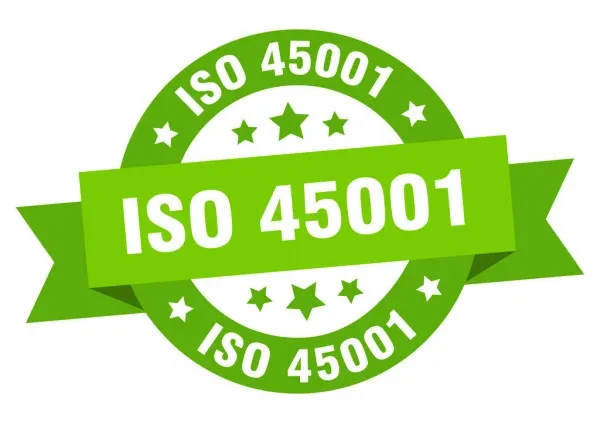
ISO 45001:2018 (OHSMS)
Understanding ISO 45001: The Global Standard for Occupational Health and Safety
Introduction:
Ensuring the safety and well-being of employees is a top priority for any organization. In an increasingly complex and dynamic workplace environment, having a systematic approach to occupational health and safety (OH&S) management is crucial. This is where ISO 45001 comes into play. ISO 45001 is an international standard that provides a framework for organizations to establish, implement, maintain, and continually improve an occupational health and safety management system (OH&SMS). In this blog post, we will delve into the key aspects of ISO 45001 and explore its benefits for businesses and their employees.
Understanding ISO 45001:
ISO 45001 is a globally recognized standard developed by the International Organization for Standardization (ISO). It replaces the previous British Standard OHSAS 18001 and offers a more comprehensive approach to managing occupational health and safety. The standard is applicable to organizations of all sizes, industries, and geographical locations.
Key Principles and Requirements:
ISO 45001 is built on a set of principles that guide organizations towards creating a safe and healthy work environment. Some of the key requirements of the standard include:
-
a. Leadership and worker participation: Top management is responsible for providing leadership and commitment to OH&S. The involvement and participation of workers in decision-making processes are also emphasized.
-
b. Hazard identification and risk assessment: Organizations are required to systematically identify and assess potential hazards and risks to employee health and safety, taking into account both physical and psychological factors.
-
c. Operational controls: Measures should be implemented to eliminate or minimize risks. This includes establishing procedures for emergency preparedness, incident investigation, and employee training.
-
d. Performance evaluation: Organizations must establish processes for monitoring, measuring, and evaluating their OH&S performance. This includes conducting regular audits, inspections, and management reviews.
-
e. Continual improvement: Continuous improvement is a central element of ISO 45001. Organizations are expected to identify areas for improvement, set objectives, and take appropriate actions to enhance their OH&S management system.
Benefits of ISO 45001:
Implementing ISO 45001 brings numerous benefits to organizations, employees, and other stakeholders, including:
-
a. Enhanced employee safety: ISO 45001 helps organizations create a safer work environment by systematically identifying and controlling hazards, reducing the risk of accidents and injuries.
-
b. Legal compliance: The standard assists organizations in meeting legal and regulatory requirements related to occupational health and safety, reducing the risk of penalties and legal liabilities.
-
c. Improved reputation: Achieving ISO 45001 certification demonstrates an organization's commitment to employee well-being, which can enhance its reputation among customers, partners, and investors.
-
d. Cost savings: By preventing accidents and reducing occupational health risks, organizations can minimize costs associated with medical treatment, compensation claims, and productivity losses.
-
e. Increased employee engagement: Involving employees in OH&S decision-making processes and providing a safe working environment fosters a culture of trust, engagement, and motivation.
-
Implementing ISO 45001:
Implementing ISO 45001 requires a systematic approach. Here are some key steps to consider: -
a. Gap analysis: Assess your current OH&S management system to identify areas that need improvement to align with ISO 45001 requirements.
-
b. Planning: Develop an implementation plan, set objectives, and allocate resources to support the implementation process.
-
c. Documentation: Develop the necessary documentation, including policies, procedures, and work instructions, to guide OH&S practices and ensure compliance with ISO 45001.
-
d. Training and awareness: Provide adequate training and awareness programs to employees, ensuring they understand their roles and responsibilities in maintaining a safe workplace.
-
e. Internal audits and reviews: Conduct regular internal audits to evaluate the effectiveness of the OH&S management system and identify opportunities for improvement.
-
f. Certification: Engage with an accredited certification body to undergo an audit and obtain ISO 45001 certification.
Conclusion:
ISO 45001 is a globally recognized standard that helps organizations establish a robust occupational health and safety management system. By implementing ISO 45001, organizations can create a safer work environment, improve compliance with legal requirements, and enhance their reputation. Prioritizing employee safety and well-being not only protects human lives but also contributes to the long-term success of the organization.
